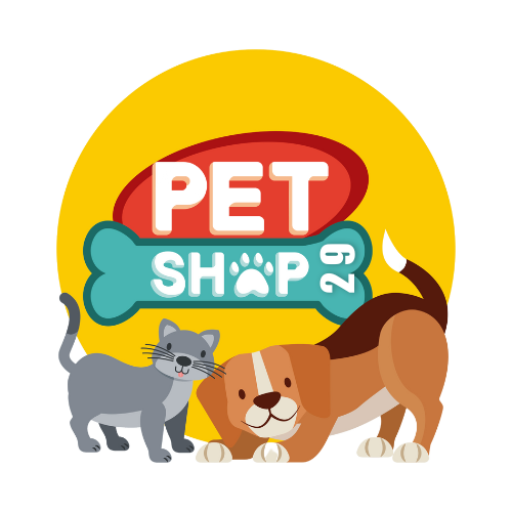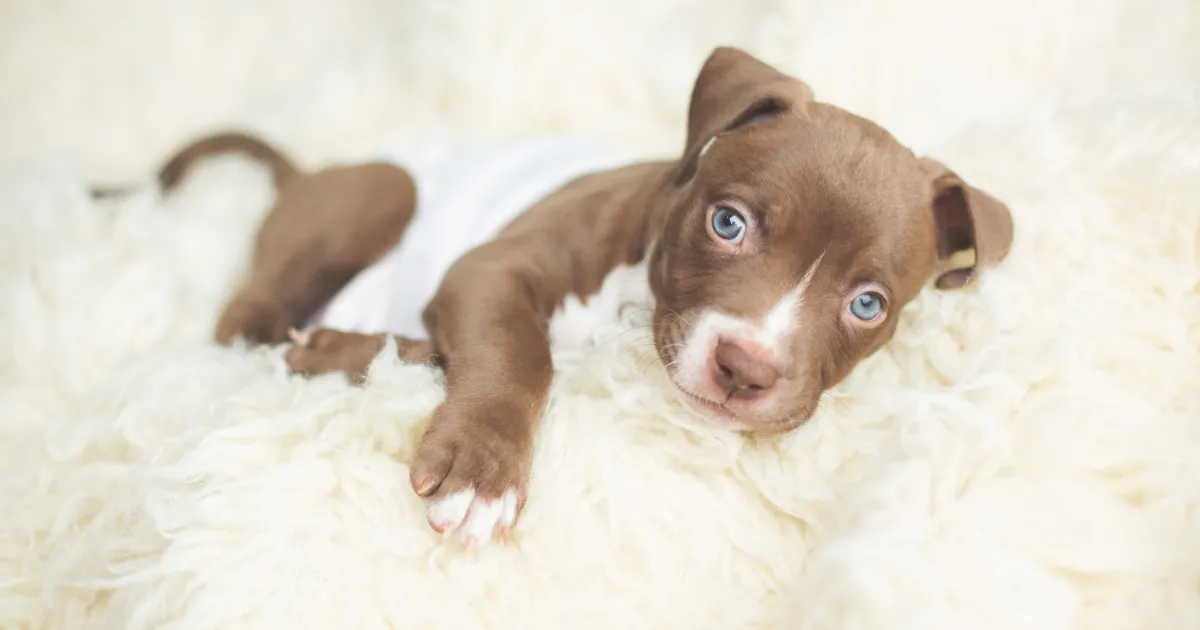Bringing a Pitbull puppy into your home is an exciting and rewarding experience. These intelligent and affectionate dogs require proper care and attention to thrive.
This guide provides essential tips for caring for your Pitbull puppy, covering everything from nutrition and training to socialization and health care.
Nutrition
1. High-Quality Puppy Food
Choose a high-quality puppy food formulated specifically for large breeds. Pitbull puppies need a balanced diet rich in protein, healthy fats, vitamins, and minerals to support their rapid growth and development. Look for foods with real meat as the first ingredient and avoid fillers like corn, soy, and wheat.
2. Feeding Schedule
Establish a consistent feeding schedule for your Pitbull puppy. Typically, puppies should be fed three to four times a day until they are about six months old. After six months, you can transition to feeding them twice a day. Follow the recommended portion sizes on the food packaging and adjust based on your puppy’s growth and activity level.
3. Hydration
Ensure your Pitbull puppy always has access to fresh, clean water. Proper hydration is crucial for their overall health and development.
Training and Socialization
1. Basic Obedience Training
Start training your Pitbull puppy as early as possible. Basic commands such as sit, stay, come, and down are essential for their safety and well-being. Use positive reinforcement techniques, such as treats and praise, to encourage good behavior. Consistency and patience are key to successful training.
2. Crate Training
Crate training is an effective way to house-train your Pitbull puppy and provide them with a safe, secure space. Choose a crate that is appropriately sized for your puppy, allowing them to stand up, turn around, and lie down comfortably. Gradually introduce your puppy to the crate, making it a positive experience with treats and toys.
3. Socialization
Expose your Pitbull puppy to a variety of people, animals, and environments during their critical socialization period (3 to 14 weeks old). Positive socialization experiences help your puppy develop into a well-adjusted, confident adult dog. Enroll in puppy socialization classes, arrange playdates, and take your puppy to different places to build their social skills.
Health Care
1. Veterinary Visits
Regular veterinary visits are essential for your Pitbull puppy’s health. Schedule an initial check-up shortly after bringing your puppy home. Follow your veterinarian’s recommendations for vaccinations, deworming, and flea and tick prevention. Regular check-ups help monitor your puppy’s growth and catch any health issues early.
2. Spaying/Neutering
Discuss spaying or neutering your Pitbull puppy with your veterinarian. This procedure can prevent certain health issues and unwanted behaviors. Your vet will recommend the best age for the surgery based on your puppy’s health and development.
Exercise and Play
1. Daily Exercise
Pitbull puppies are energetic and require regular exercise to stay healthy and happy. Provide at least 30 minutes to an hour of exercise daily, including walks, playtime, and interactive games. Exercise helps prevent boredom and the development of destructive behaviors.
2. Mental Stimulation
In addition to physical exercise, mental stimulation is crucial for Pitbull puppies. Puzzle toys, training sessions, and interactive play keep their minds engaged and help reduce anxiety and stress.
Grooming
1. Regular Brushing
Pitbulls have short coats that are relatively low-maintenance, but regular brushing helps remove loose hair and keep their coat healthy. Use a soft-bristle brush or grooming mitt to brush your puppy once a week.
2. Bathing
Bathe your Pitbull puppy every 4-6 weeks or as needed using a mild dog shampoo. Ensure thorough rinsing to prevent skin irritation. After bathing, dry your puppy with a towel or a pet-safe blow dryer on a low setting.
3. Nail Trimming
Keep your Pitbull puppy’s nails trimmed to a comfortable length. Use a dog nail clipper or grinder and trim their nails every 3-4 weeks. Be careful not to cut too close to the quick, which can cause pain and bleeding.
Safety and Environment
1. Puppy-Proofing Your Home
Puppies are naturally curious and can get into trouble if left unsupervised. Puppy-proof your home by removing hazardous items, securing electrical cords, and ensuring that household chemicals and small objects are out of reach.
2. Safe Toys
Provide your Pitbull puppy with durable, safe toys that are appropriate for their age and chewing strength. Avoid toys with small parts that can be swallowed or pose a choking hazard.
Bonding and Affection
1. Quality Time
Spend quality time with your Pitbull puppy to strengthen your bond. Engage in activities such as playtime, training, and cuddling. Positive interactions build trust and a strong relationship between you and your puppy.
2. Positive Reinforcement
Always use positive reinforcement to encourage good behavior. Reward your puppy with treats, praise, and affection when they display desirable behaviors. This approach fosters a positive learning environment and reinforces your puppy’s trust in you.


Leave a Reply